- Author: Anne E Schellman
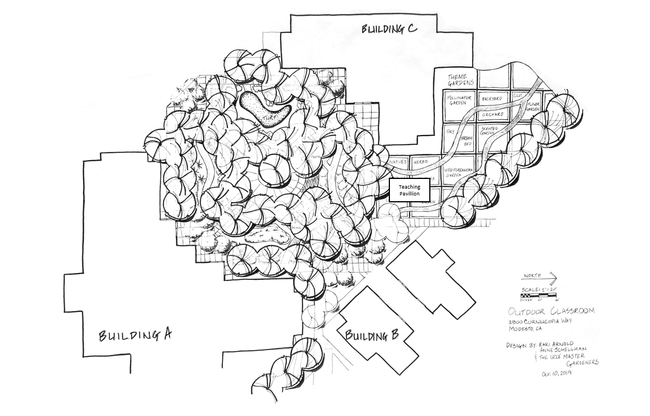
Demonstration Gardens
We plan to create a series of gardens the community can visit for inspiration on the following topics:
- Water-wise plants
- California native plants
- Plants for pollinators (hummingbirds, bees, butterflies)
- Vegetable gardens
- Fruit tree orchard
Outdoor Classroom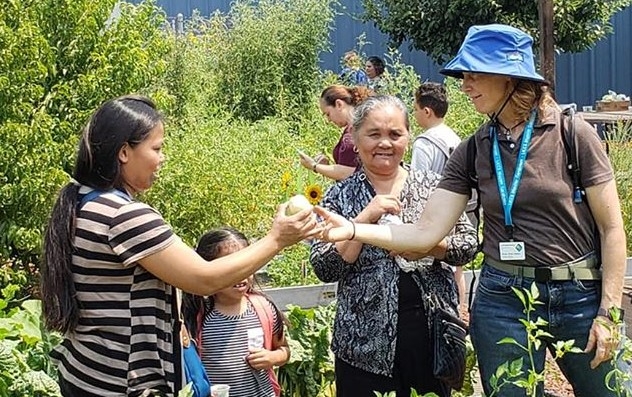
Giving Tuesday
We won't be able to create this garden without your help. We hope you will consider giving to our project. Please save the date of December 1, 2020. Announcements and a video coming soon about our Learning Landscape.
Giving Tuesday - SAVE THE DATE! Dec 1, 2020
We won't be able to create this garden without your help. Please consider giving to our project. Save the date of December 1, 2020. Announcements and a video coming soon about our Learning Landscape.
Where will the landscape be located at the Ag Center? Our video will tell you all about the different aspects of the project.
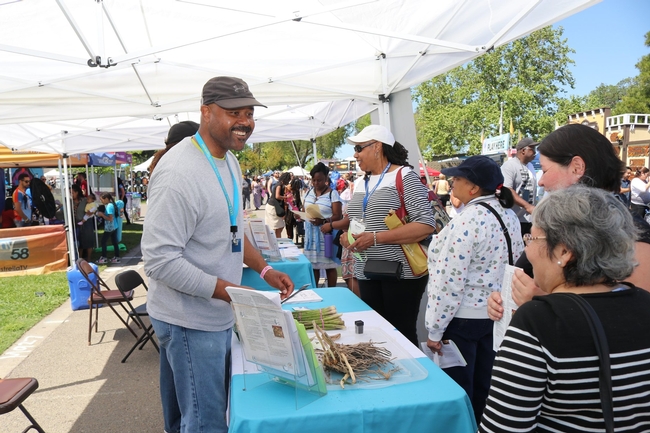

#GivingTuesday is a great way to help us be the most reliable source of high-quality, research-based gardening information in Stanislaus County.
Next week, you will hear personally from some of our Master Gardeners about an upcoming project they are very excited about! Stay tuned for another blog post AND a fun video.
p.s. You don't have to wait to give; you can support us anytime by visiting the UCCE Stanislaus County Fund page at https://donate.ucanr.edu/?fund_id=1050 Choose “UCCE Master Gardeners” from the drop down list to make your donation online.
Or, send a check made out to UC Regents to:
UCCE Stanislaus County Master Gardeners,
3800 Cornucopia Way, Ste A
Modesto, CA 95358
- Author: Ed Perry
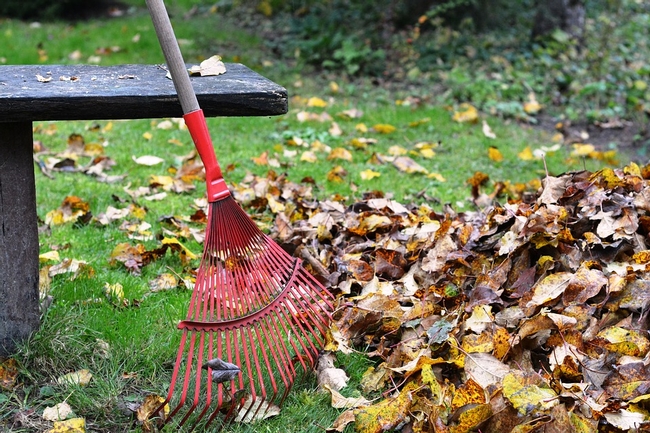
If you're interested in making your own compost, the perfect time to start is in fall. A light covering of leaves on the surface of your lawn can simply be shredded with your lawn mower and left in place. They will decompose rapidly and add valuable nitrogen and organic matter to the soil. Once the leaf layer becomes too thick, you must begin raking them up for your compost pile.
Some gardeners simply pile the leaves in one place and allow the composting process to proceed slowly. However, if you want finished compost quickly, you'll want to use the “rapid” or “hot” composting method. Rapid or hot compost is made by manipulating the decay process, which is done by balancing food, water and air in the compost pile to favor the growth of high temperature microorganisms. A byproduct of their activity is heat.
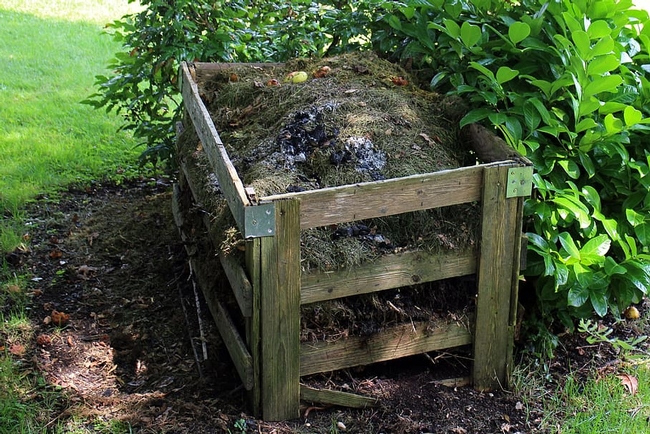
To construct a hot compost pile, you will need a combination of bulking materials and energy materials. Bulking materials, sometimes called “brown materials,” are dry, porous resources such as sawdust, wood chips or straw. They help aerate the compost pile but are too low in moisture and nutrients to decay quickly on their own.
Energy materials, sometimes called “green materials,” include grass clippings, fresh animal manures, fruit and vegetable waste and garden trimmings. These materials provide the nitrogen and carbon compounds needed for fast microbial growth. If piled without bulking materials, energy materials are too wet and dense to allow adequate air into the compost pile. Such materials may emit a rotten egg smell as they decompose.
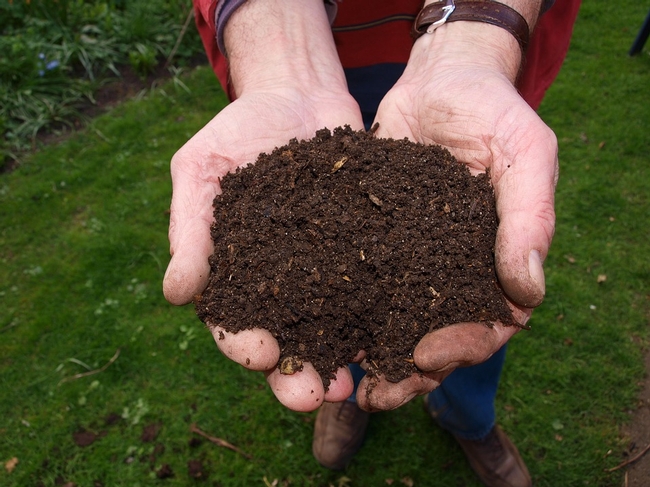
To build a rapid compost pile, combine two parts by volume bulking materials with one part energy materials. Some other hints for a rapid compost pile include:
- Chop your raw materials into small pieces. For best rapid composting, the particles should be from 1/8 to 1/2 inch in diameter.
- Mix the types of raw materials, rather than layering them.
- A large pile holds heat better than a small pile; for rapid composting, make the initial pile at least a cubic yard (36” X 36” X 36”) in volume.
- Keep the pile moist, but not wet.
- Turn the pile once a week to aerate it.
The raw materials that you use in composting have their own microorganisms. There is no need to add starters or soil. If the rapid process is working properly, you can have ready to use compost in as short a time as 3 weeks. Even if it doesn't work that fast, you will still eventually have a valuable compost that you can use to enrich your garden soil.
Still have questions about composting?
Sign up for our Composting Basics class!
When: November 24, 2020 6-7:30 p.m. PST.
Where: on Zoom.
How: http://ucanr.edu/compost/2020 sign up by Nov 24 at 4 p.m. to receive a link sent the morning of the class.
Instructors: Master Gardeners Terry Pellegrini and Heidi Aufdermaur.
And remember, all classes are recorded so you can always watch it again later.
Hope to see you there!
Ed Perry is the emeritus Environmental Horticultural Advisor for University of California Cooperative Extension (UCCE) in Stanislaus County where he worked for over 30 years.
- Author: Rho Yare

And then, one day cities began reading those water meters and charging the nice, water loving citizens by the units of water used each month. You could almost tell the day the bills arrived. Neighbors discussed them at the mailbox with anger, frustration, even fear. “How can I afford this every month?” Or “How can I reduce my monthly bill?” And that was the birth (or at least the beginning) of serious discussions about how to be “water wise” or how to conserve water to lower the units of water consumption that consequently will lower the monthly bill.
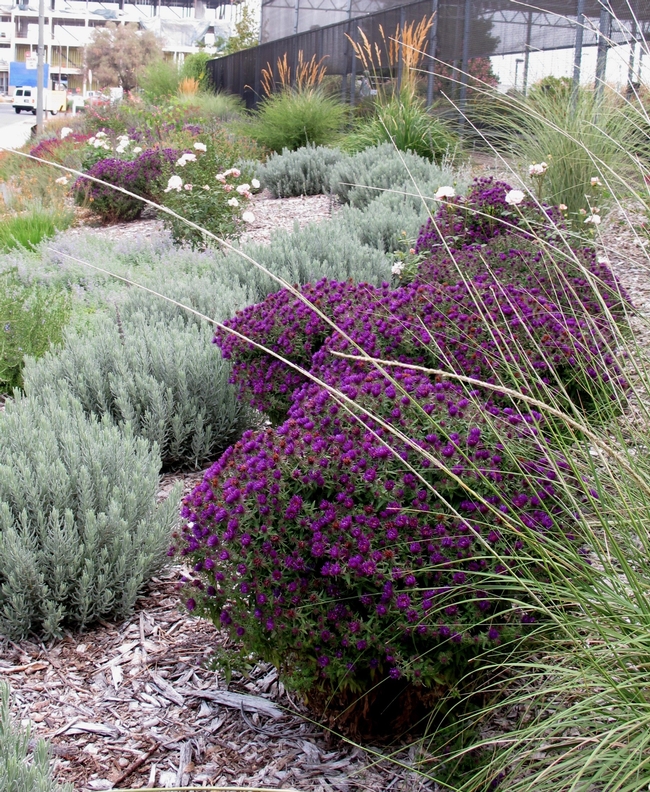
During this last drought, many people just stopped watering their lawn. This helped reduce their water bill but does little else. In many cases it killed street trees as well.
Not watering grass in our climate guarantees that the grass will die. In its place, however will be weeds. Weeds can live and multiply in harsh, waterless conditions. And all those weeds are spreading seeds that land in your neighbor's lawns. And eventually even the weeds die from normal life cycle or lack of water. Then the wind blows the precious topsoil from your yard. This topsoil mixes with the other air in our valley and adds to air pollution.
What if I want to keep my lawn?
There are a few things you can do if you do not want to give up your lawn completely. Think about reducing the amount of lawn in your yard, which can help you save water and money. Having a beautiful yard without green grass does not mean just rocks, cactus, or artificial turf. Begin by removing a small section of the grass. Check with the Stanislaus Master Gardeners and local nurseries for plant suggestions to replace that green grass with other green, or gray, or yellow plants. Think beyond bark, boulders, and bare ground. The possibilities are endless. This time of the year is a perfect time to begin making plans for that winter yard renovation!
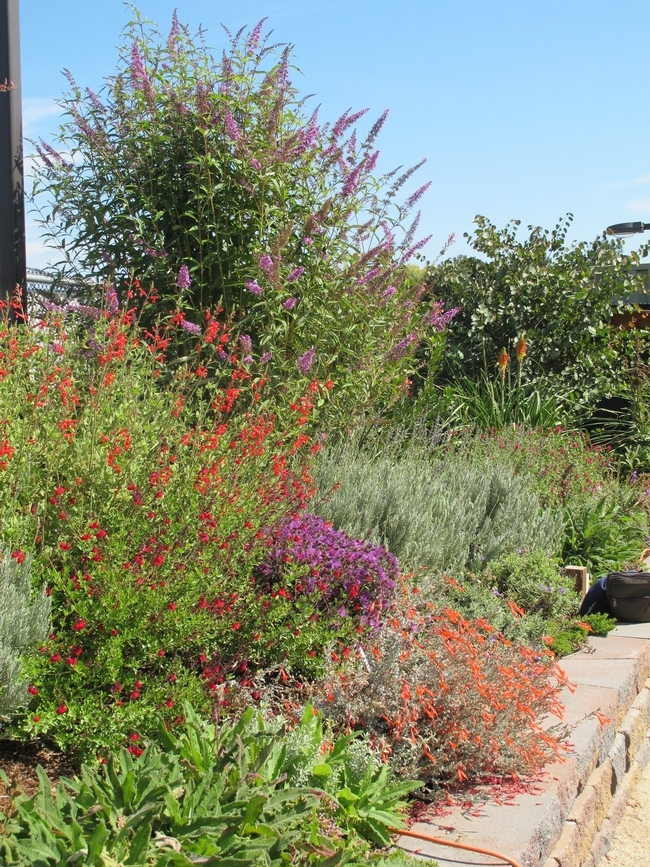
What are some easy tips to save water?
Now, if you are not ready to commit to a grassless or partially grassless yard there are some changes that can help in reducing water consumption. First, examine your current watering system. If you have a sprinkler system, do not assume that it is working properly. Checking weekly during the warm weather is a must, especially after the lawn is mowed and in the daylight. Is everything working properly, sprinklers putting water on the lawn not the sidewalk or street? Are the sprinklers clogged, broken, or even missing? If you have an automatic timer, check the timer, and remember to decrease time and days as the daylight time shortens and weather cools, and turn the sprinklers off when the rains begin. Be an agent of change for the better! Making a few changes now can make a difference in your water bill, landscape, and our world because we are all in it together.
-----
Join Rho Yare on Zoom for an evening of tips on how to reduce your water bill, yard work, pesticide use, all while having a gorgeous yard on Tuesday, October 27, 2020 from 6:00-7:30 p.m. Sign up at http://ucanr.edu/sustainable/2020 to receive your link.
- Author: Denise Godbout-Avant
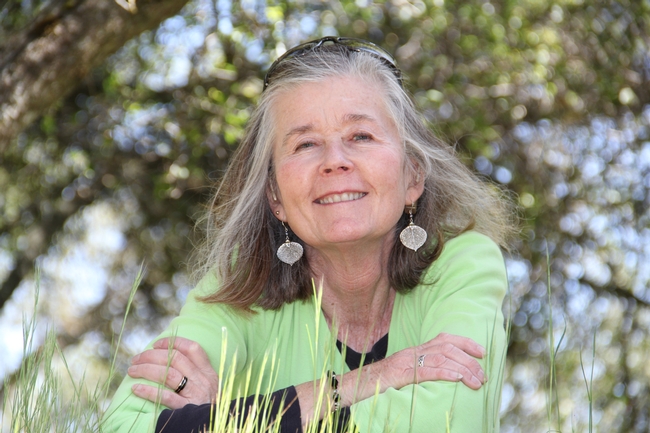
Aphids
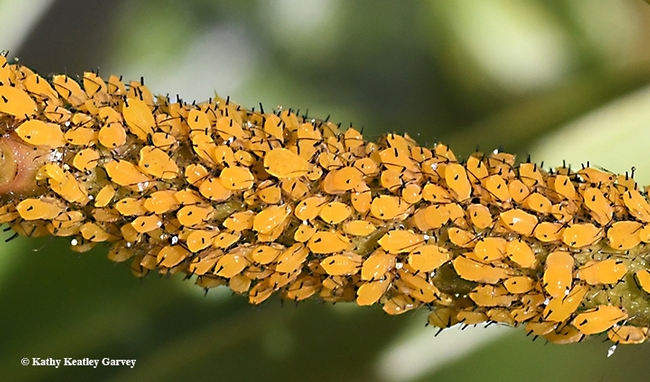
According to UC Integrated Pest Management (UC IPM), aphids are small, soft pear-shaped bodied insects with long legs and antennae, with slender mouthparts used to pierce stems, leaves and other tender plant parts to suck out plant fluids. The site recommends first attempting to control aphids by washing them off with a gentle stream of water. I did this over several mornings and evenings, with my hose set on fine spray, washing both the top and underside of the leaves. After about a week, I still had quite a few aphids, so I sprayed an insecticidal soap, making sure I covered both the top and bottom of leaves. Aphids produce many offspring, so they required an additional treatment.
Scale Insects
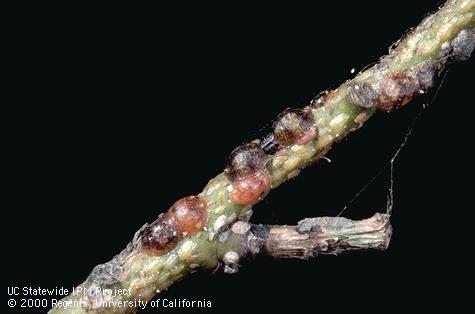
Soft scale is a sucking insect, appearing as tiny dots on the leaves or stems of a plant. They can grow up to ¼ inch long and have a smooth, cottony or waxy surface. They feed on the sap of the plant and excrete sticky honeydew, which can attract ants. Mine were brownish-yellow with a waxy color, usually appearing on the underside of the leaves.
I removed badly damaged leaves, checked undersides of the leaves for the scale and scraped off any scale I found using a wet Q-tip. I also checked my other two plants and occasionally found a scale or two on them, scraping them off also. I repotted the infested plant with potting mix. Over time I was able to completely get rid of the soft scale.
Whiteflies
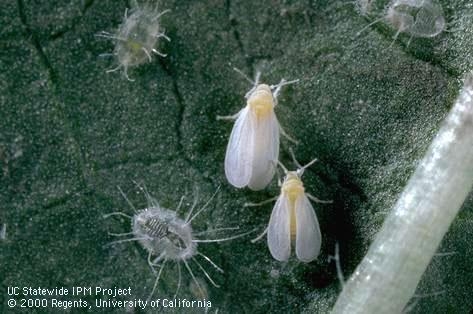
My Buggy Summer Summary
It has been an educational summer learning about these insect pests and dealing with their infestations. I'm gratified I've been able to manage them using less toxic pesticides that are less harmful to beneficial insects and the environment. You can learn more about less toxic pesticides such as insecticidal soaps and oils by visiting the UC IPM website or by watching this video.
Denise is a UCCE Stanislaus County Master Gardener.

